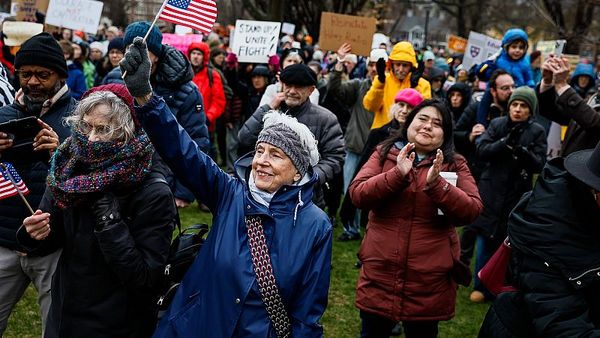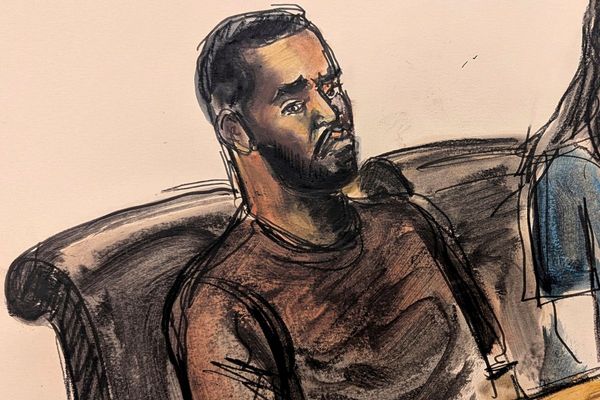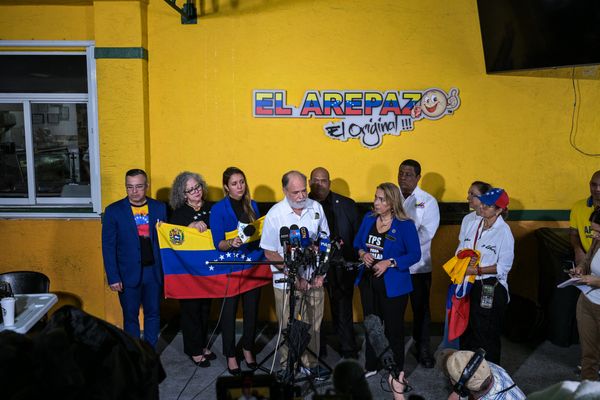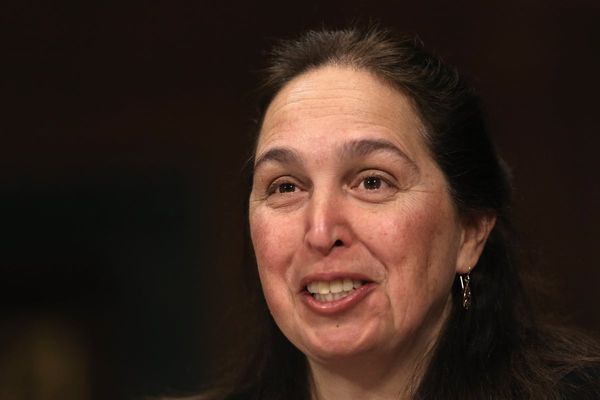At least 36 people have died and dozens are missing after torrential rain brought flooding and landslides to coastal areas of south-east Brazil over the weekend as the country geared up for its annual carnival celebrations.
Rescue efforts continued in São Paulo state on Monday as more than 500 workers searched for victims, cleared roads and tried to reconnect isolated communities.
But the task was hampered by heavy rain, which has also displaced hundreds of people and trapped an undetermined number of tourists who had travelled for carnival.
During a visit to the badly affected coastal city of São Sebastião on Monday, Brazil’s president, Luiz Inácio Lula da Silva, said the disaster underlined the need to stop building homes in areas at risk of landslides and major floods.
“Sometimes nature takes us by surprise, but sometimes we also tempt nature,” Lula said. “I think it’s important that neither happens.”
São Paulo declared a 180-day state of calamity for six cities after what experts termed an unprecedented extreme weather event.
The state government said 35 people had been killed in São Sebastião, while a seven-year-old girl died in neighbouring Ubatuba.
Some of the hardest-hit cities under the emergency decree – including São Sebastião, Ubatuba, Ilhabela and Bertioga – cancelled carnival activities as rescuers dug through the rubble and amid fears that the death toll would rise.
Col Henguel Ricardo Pereira, the head of civil defence in São Paulo, said the area of Barra do Sahy in São Sebastião had been hit hardest. “Unfortunately, we are going to have a lot of deaths,” he told the Folha de São Paulo.

São Sebastião’s mayor, Felipe Augusto, said dozens of people were missing and 50 houses had collapsed in the city due to the landslides. “Our rescue teams are not managing to get to several locations; it’s a chaotic situation,” he added. “Many people are still under the rubble.”
The mayor shared several videos of widespread destruction in his city, including one that showed a baby being rescued by local people lined up on a flooded street.
A woman called Mailsa said she and her husband, daughter and grandson had barely escaped after a landslide destroyed her house in the Juquehy municipality of São Sebastião. The house was partially submerged, parts of it fell away and the rest was left precariously perched on the edge of a hill.
“It was very quick. Either you run or you die,” she told the Associated Press. “It’s not possible to take anything, only your life, which is the most important thing.”
São Paulo’s governor, Tarcísio de Freitas, met Lula on Monday to help coordinate the response to the disaster. He has requested support from the army, which has sent planes and rescue teams to the region.
“We have 36 missing persons in Barra do Sahy and we have information that there are four more missing persons in Juquehy,” Freitas told the TV Globo network on Monday. “We will update this number throughout the day. Teams have already gone to the region to carry out searches and we are reinforcing their number.”
In a tweet on Monday, the governor announced three days of mourning for the victims of the emergency. “I ask God to comfort the hearts of these families,” he said. “We will keep working and we will not rest until all the displaced and homeless people are safe.”
Operations at Santos, Latin America’s busiest container port, were interrupted amid wind gusts exceeding 34mph (55km/h) and waves over 1 metre high on Saturday, according to a local news outlet.
Freitas said the extent of the damage on the main road linking the port to Rio de Janeiro remained unclear. “At some points we don’t even know what’s left of the Rio-Santos highway,” the governor said after his meeting with Lula. “We even raise the possibility that it was dragged away; that the highway no longer exists.”
TV footage showed houses flooded with only roofs visible, and people using small boats to carry items and people to higher ground.
The São Paulo state government said more than 60cm (23.6in) of rain had fallen in the region in a single day – one of the highest amounts ever recorded in Brazil in such a short period – with Bertioga alone recording 68.7cm during the same period.
The northern coast of São Paulo state is a popular carnival destination for wealthy tourists who prefer to stay away from massive street parties in big cities.
Brazil had been hoping for a swift and seamless resumption of its famous festivities after the Covid pandemic prompted Rio to delay last year’s carnival by two months.
The country’s federal government expects 46 million people to join the festivities, which officially began on Friday and which run until 22 February. While Rio remains the best-known carnival venue, Salvador and Recife are also popular – as is metropolitan São Paulo, which has recently emerged as a hotspot.
Reuters and Associated Press contributed to this report







